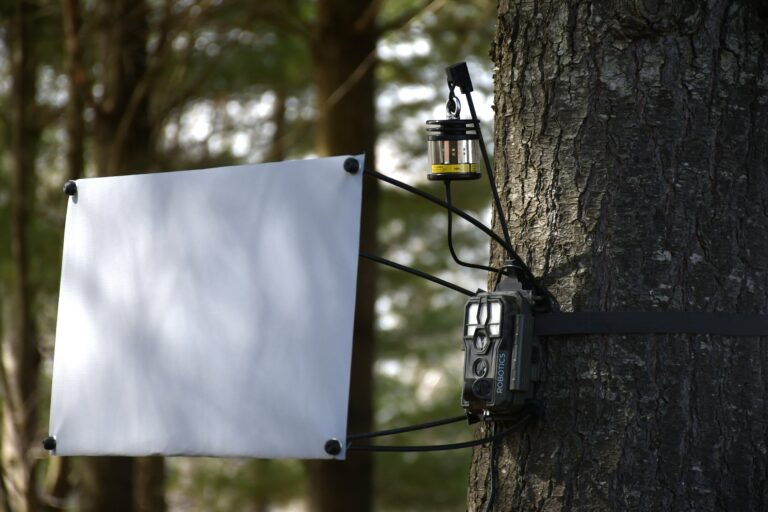
As the crisis in biodiversity decline accelerates, improving how we monitor species across ecosystems is more urgent than ever.
Dr Richard Francksen, Senior Lecturer and Programme Leader for Zoology at University of Cumbria, contributed to a study exploring how robotic and autonomous systems (RAS) could help overcome key barriers to terrestrial biodiversity monitoring. Using a structured expert consultation method that refines insights through multiple rounds, the team brought together 98 biodiversity experts and 31 robotics specialists to identify current challenges and assess the potential of RAS technologies to address them.
Biodiversity experts highlighted four main barrier categories: site access, species and individual identification, data handling and storage, and limited power or network infrastructure. Robotics experts pointed to existing and emerging technologies, such as drones, sensor-equipped robots, and biodegradable platforms, that could help overcome these issues. While some RAS could be adapted relatively easily for species surveys, others require further development to function in complex environments and to monitor elusive or understudied taxa.
Richard explains how this research could be applied: "We conclude that RAS could significantly enhance biodiversity monitoring by supplementing, not replacing, existing methods. To realise this potential, stronger collaboration between biodiversity and robotics experts is needed, particularly through co-developing tools and approaches that align future technologies with ecological needs and support conservation practice."
Publication: read the full article in the journal Nature Ecology and Evolution
Image (above): RAS system in action, credit: Outreach Robotics
